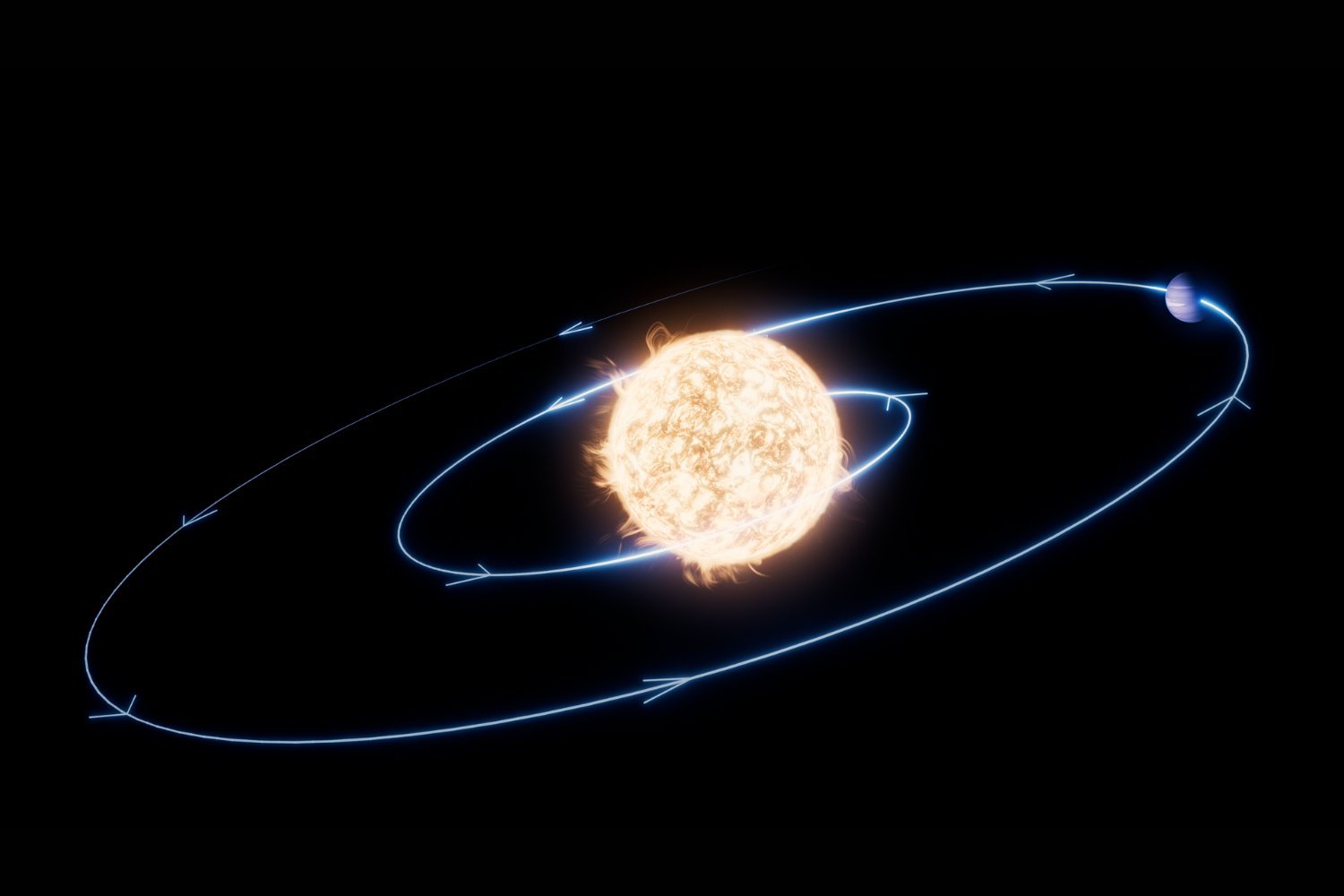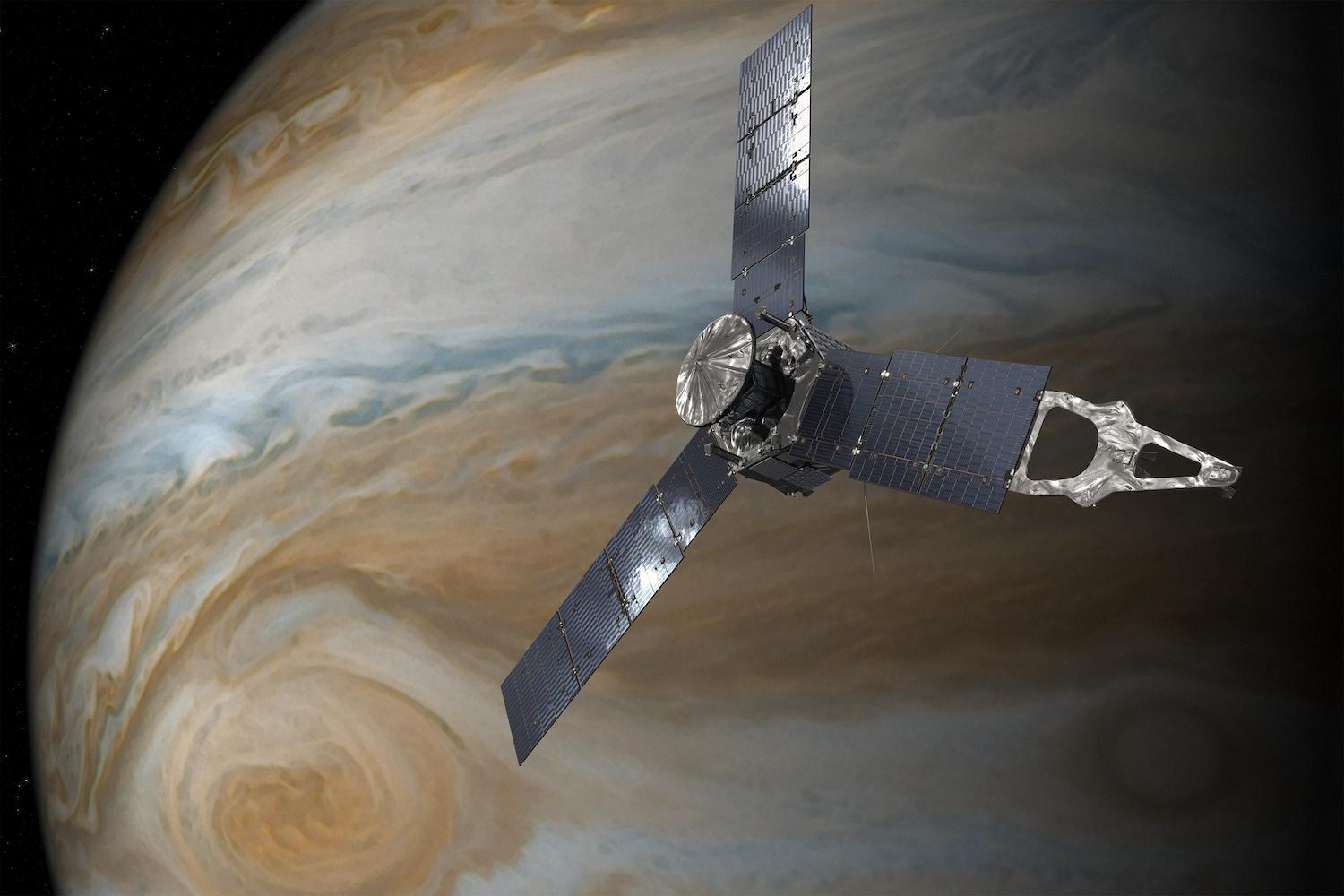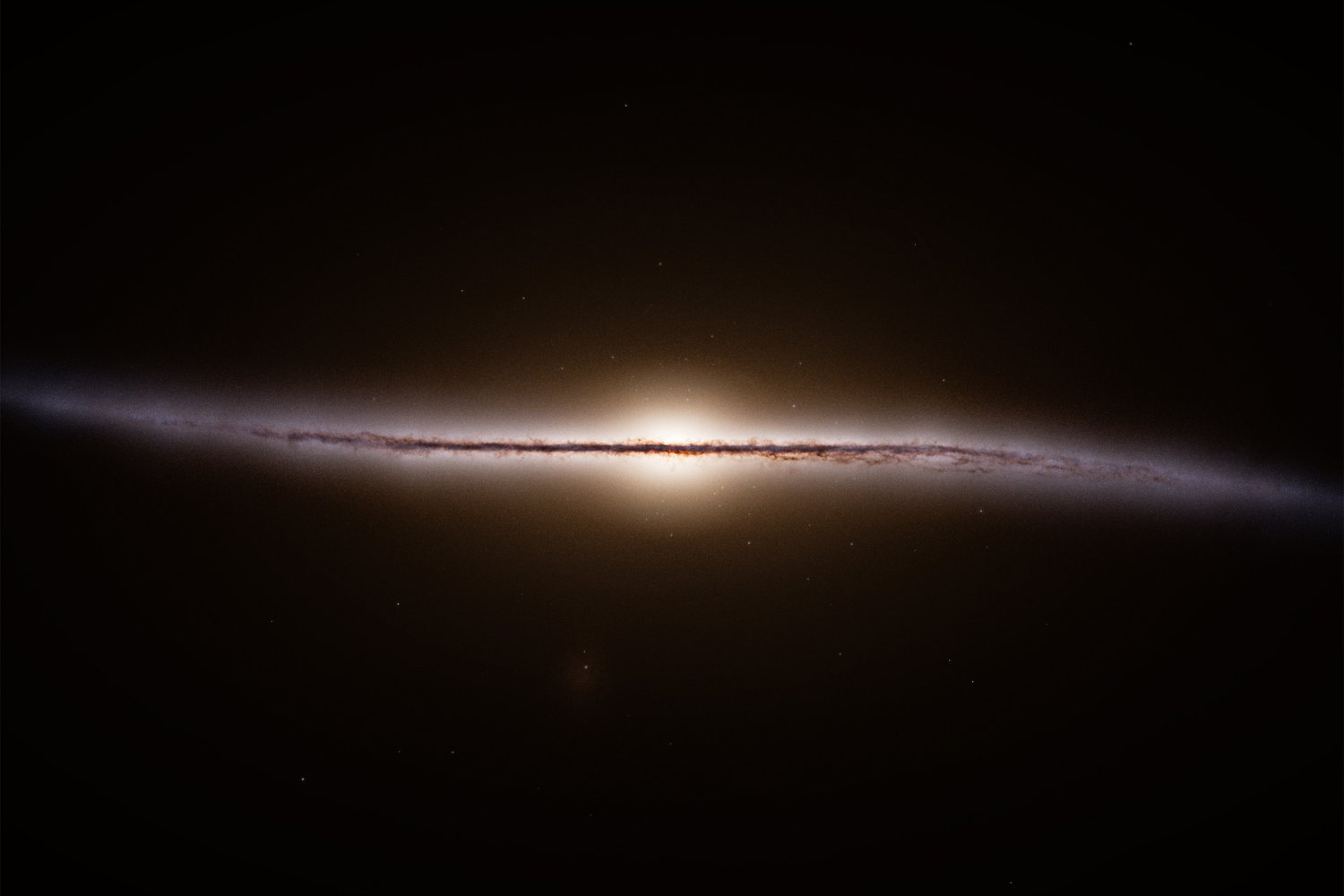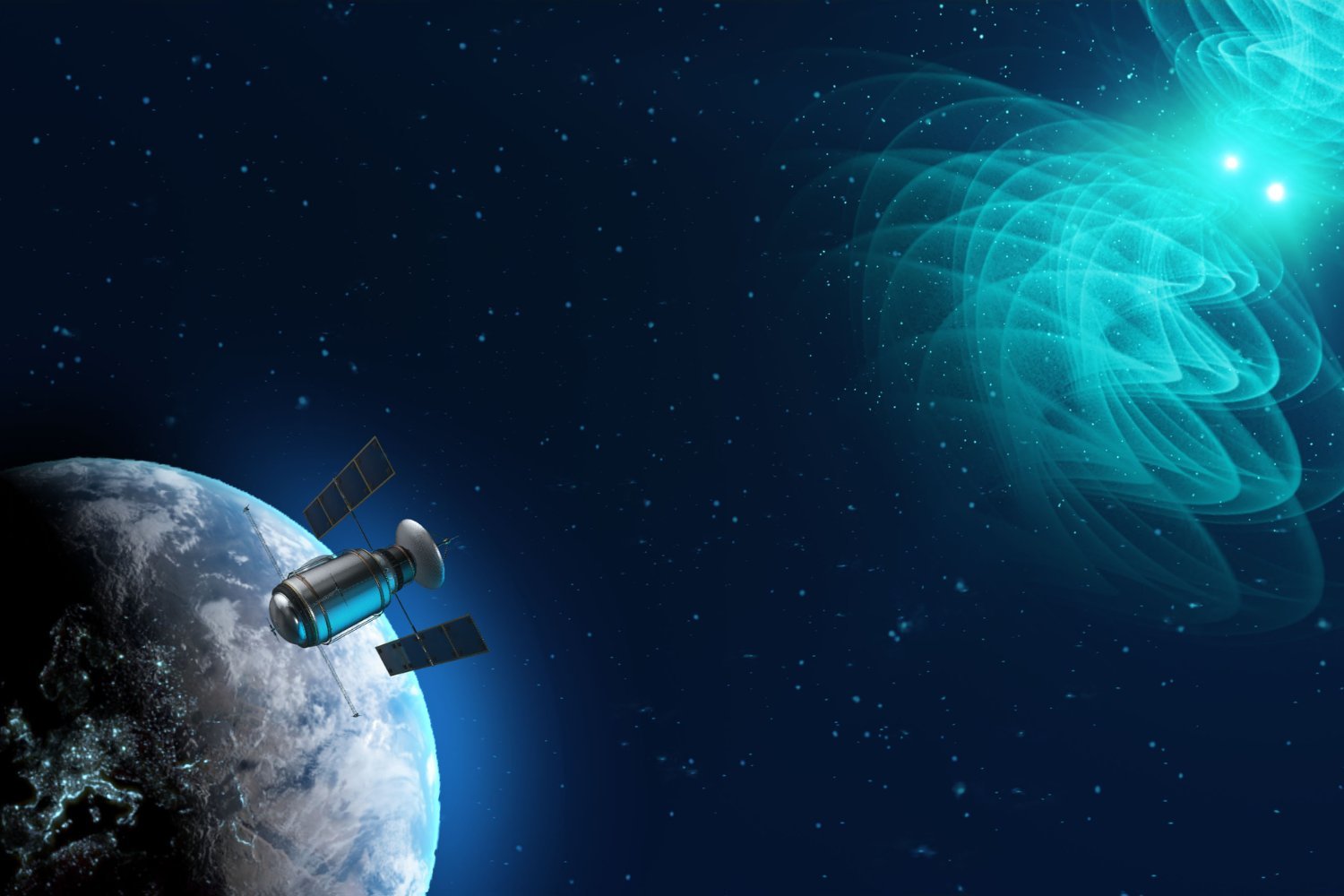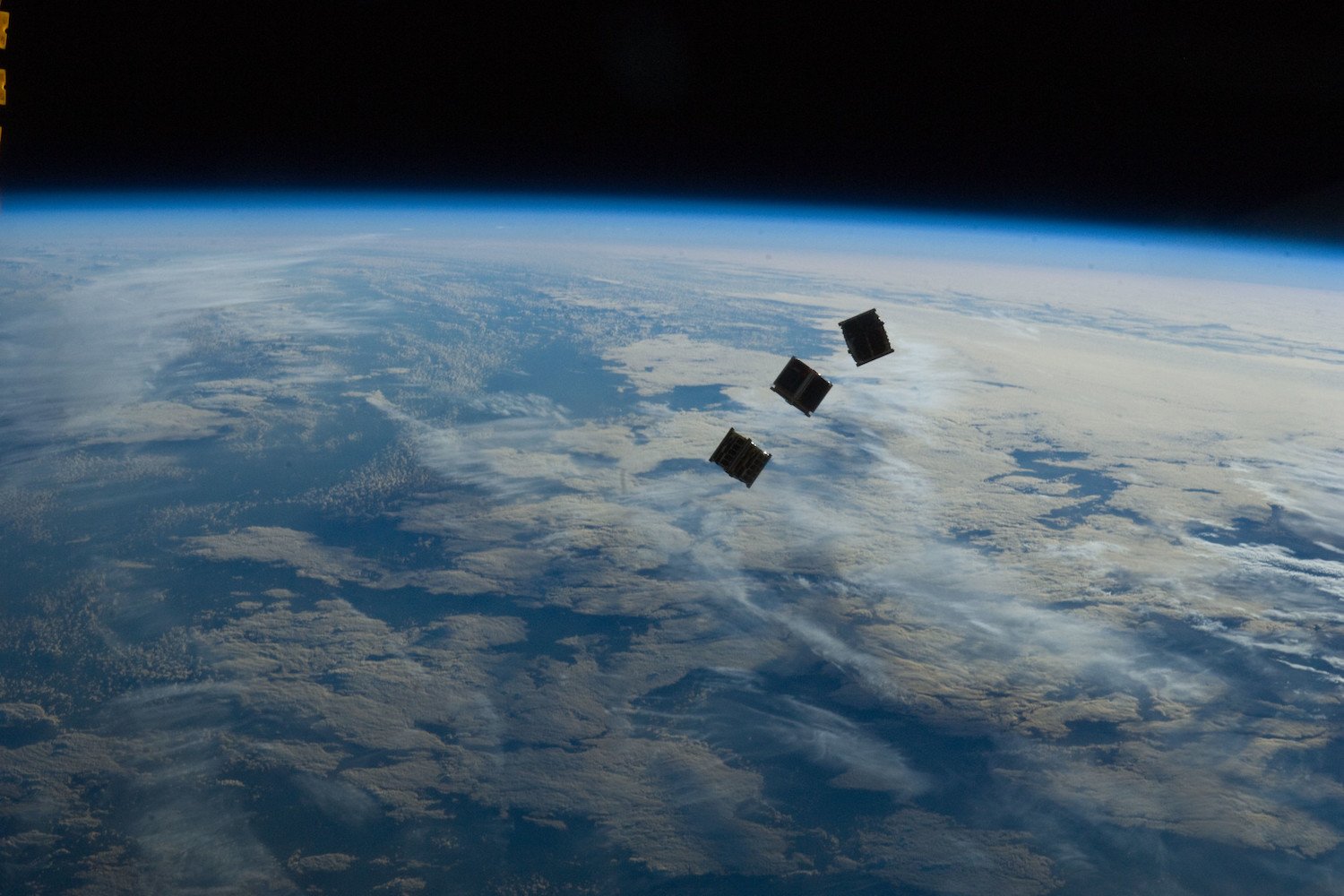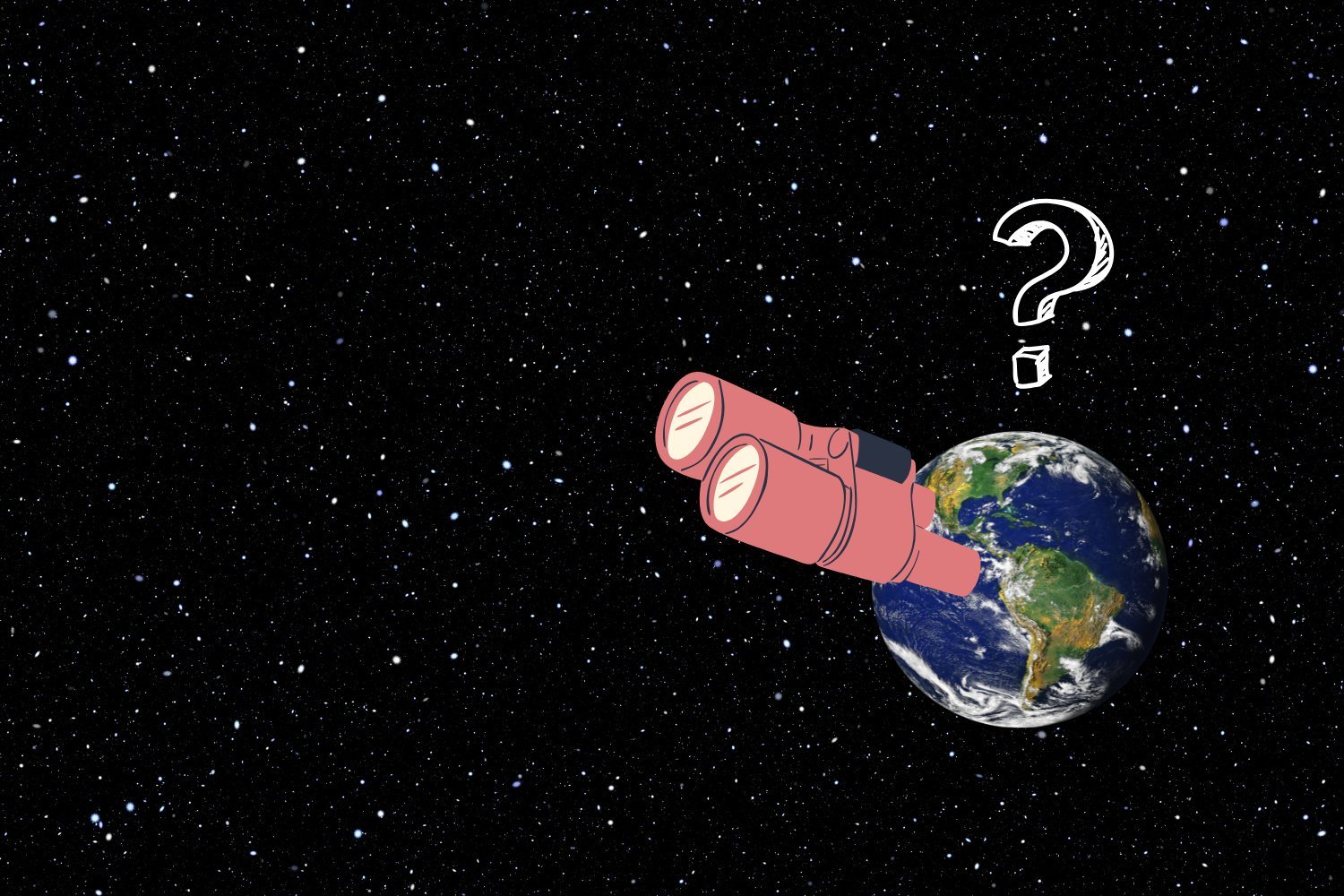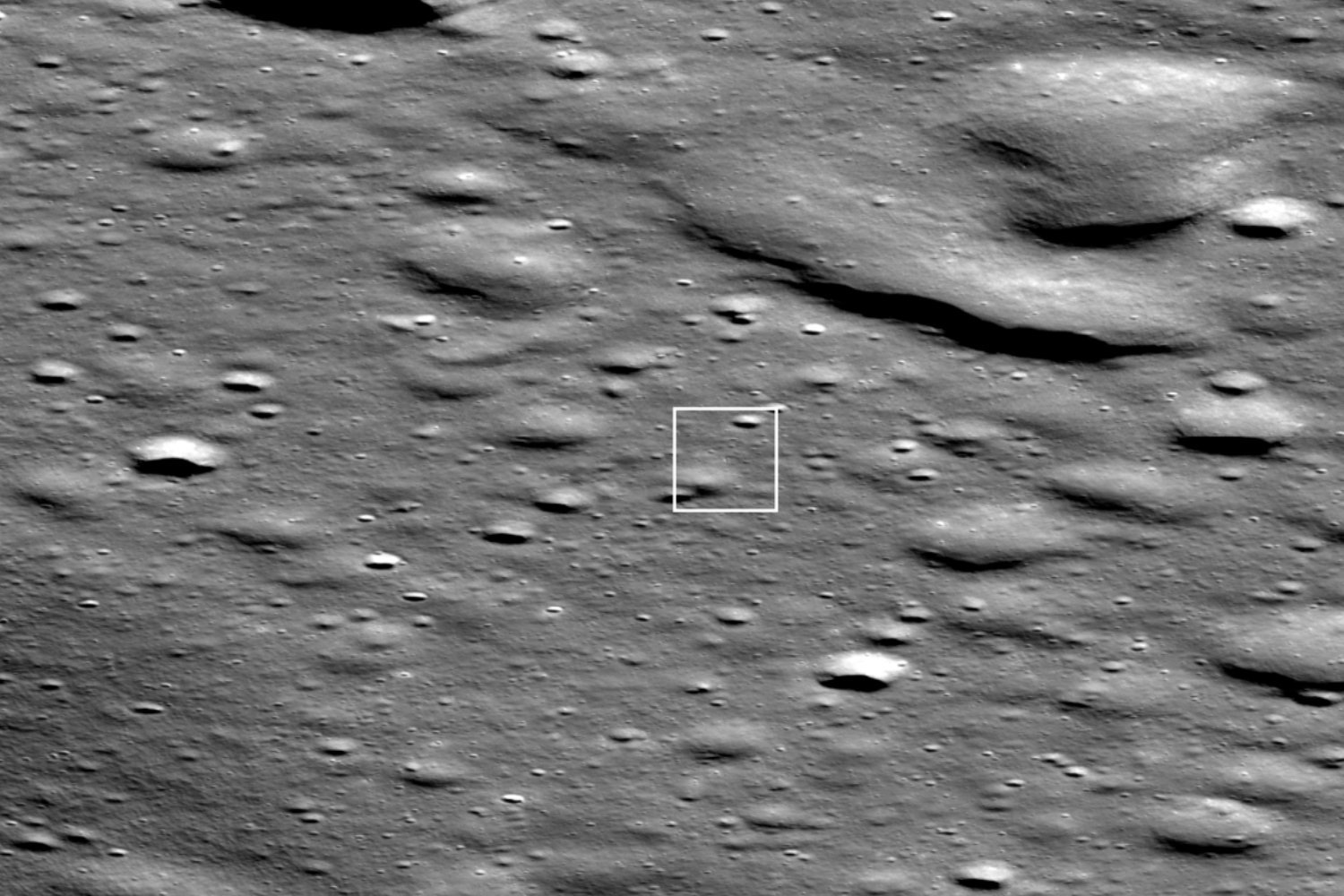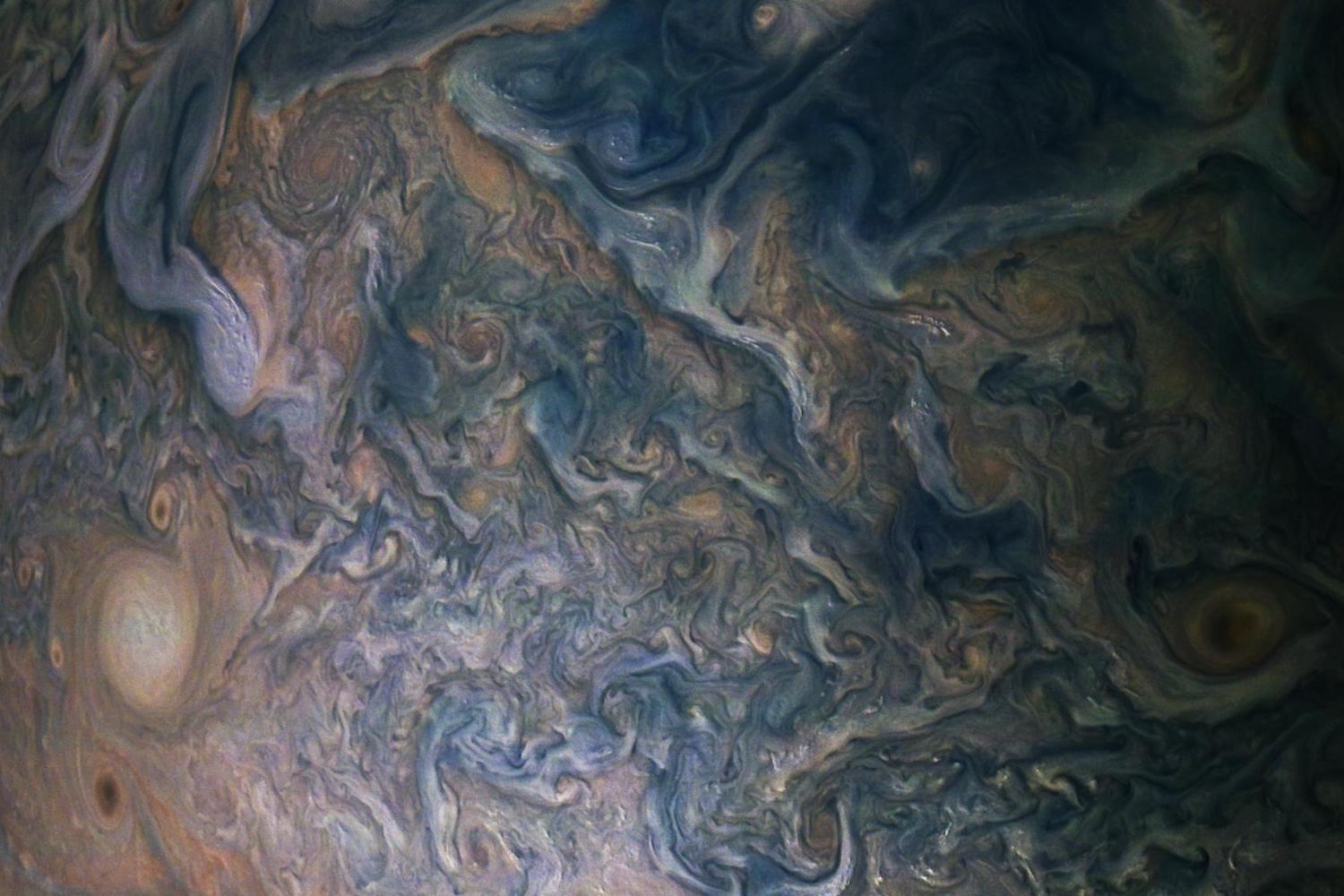The James Webb Space Telescope (JWST) has provided a dramatic new perspective on a cosmic mystery, revealing the demise of a distant planet in a slow, fiery death spiral. Initially, the sudden brightening of a star 12,000 light-years away, designated ZTF SLRN-2020, was thought to be a red giant star engulfing a planet. However, Webb’s infrared instruments, MIRI and NIRSpec, painted a different picture.
The star itself appeared stable, not exhibiting the expected swelling of a red giant. This suggests the planet wasn’t swallowed in a sudden, explosive event, but rather met its end through a gradual orbital decay. Orbiting closer to its star than Mercury is to our Sun, the Jupiter-sized planet spiraled inwards over millions of years.
This shrinking orbit eventually brought the planet into contact with the star’s atmosphere. According to study co-author Morgan MacLeod, an astrophysicist at the Harvard-Smithsonian Center for Astrophysics and MIT, the planet’s material began to “smear around the star.” The inevitable conclusion was a fiery collision, marking the planet’s final moments.
The resulting release of energy likely caused the initial brightening that alerted astronomers. This event is rewriting our understanding of planetary engulfment, providing a starkly different scenario than the first observed instance of a star actively consuming a planet.
This observation was part of Webb’s Target of Opportunity program, designed for unexpected cosmic events like supernovas. Lead author Ryan Lau, an astronomer at the National Science Foundation’s NOIRLab, highlighted the significance of Webb’s high-resolution infrared capabilities. “We are learning valuable insights about the final fates of planetary systems, possibly including our own,” Lau stated.
The dramatic demise of this distant planet offers a glimpse into the potential future of planetary systems. With the advent of next-generation telescopes like the Vera Rubin Observatory and Nancy Grace Roman Space Telescope, we can expect to witness more of these captivating, yet ultimately destructive, cosmic events.
This research was published in The Astrophysical Journal. You can read the full study here. More information about the James Webb Space Telescope can be found on the official website here.



